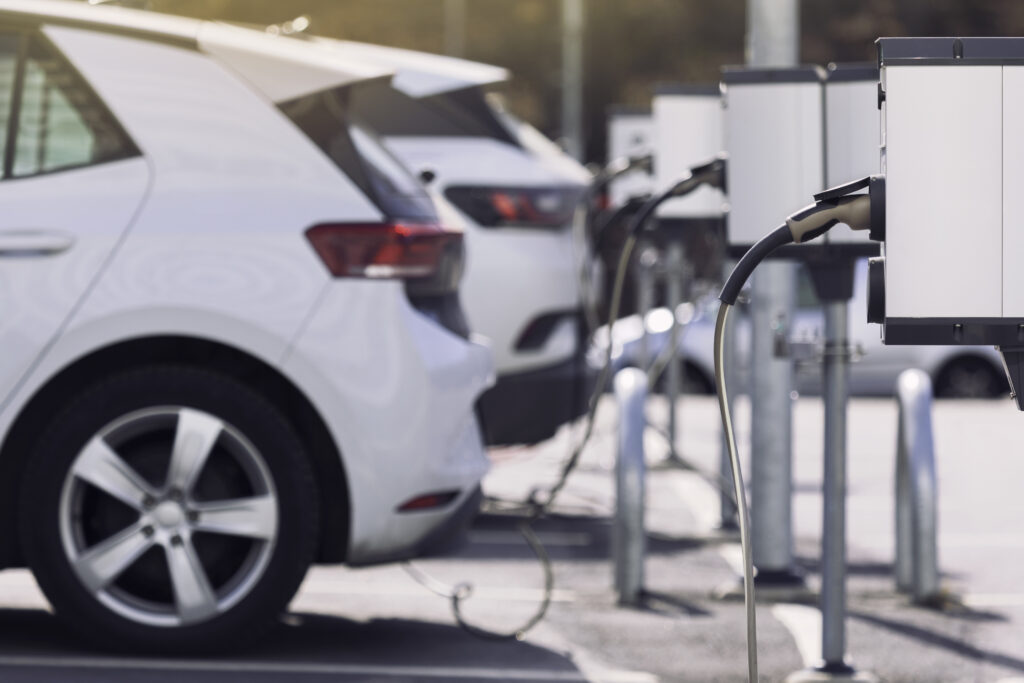We’re all feeling the weight of inflation. From groceries to fuel, we’re paying more for almost everything. This is especially true for employees who drive for work. Gas prices are subject to rapid volatility and vehicle costs and residual values are in a sustained period of elevation. Fortunately, there are ways your business can hedge against inflation.
If your vehicle program does not adjust to keep pace with increasing, volatile costs, your drivers are likely having to pay business expenses out of their own pockets. And for those not willing to do so, they may have decided to drive less, or not at all. That’s certainly not the behavior you want from your driving workforce.
So, while inflation is unavoidable, how can you proactively protect your bottom line while retaining top employees amidst the Great Resignation? How can you hedge against inflation using your vehicle program? First, let’s go over why certain vehicle programs, like car allowances, are more heavily impacted by inflation.
Rising Costs
2022 has seen a historic inflation rate of 8.5% as of March. That’s the highest rate since 1982, with the two largest contributors being homes and motor vehicles. When it comes to business vehicle programs, this trend has impacted most costs of owning and operating a car. Since January 2021, used car prices have increased 45.2%, with some used cars selling for way more than their owners paid when they were brand new. And new car prices have increased by 12.2%.
We can blame supply chain shortages caused by COVID-19 for these fluctuations. The short supply of computer chips has caused auto manufacturers to focus on production of their most profitable models, which reduces vehicle supply and increases their costs. This has had a direct impact on the used vehicle market. People are turning in fewer vehicles, and more motorists keep their rented cars because they simply cannot afford an upgrade. Simply put, the cost of owning and operating a vehicle has jumped.
Tax Waste
A business car allowance is also heavily impacted by losses to tax waste. The IRS considers a flat stipend additional income because it isn’t attributed specifically to business mileage. For example, if you provide a $600 allowance to your employees, you are spending $645.90 after FICA tax. However, after taxes, your employees only take home $419.10. For every $100 flat allowance, $38 is lost to taxes. This isn’t helping the business or the employee hedge against inflation.
Non-compliance
When it comes to vehicle programs, hedging against inflation isn’t the only concern. If the vehicle program you provide is not accounting for rising costs, you could be at risk of non-compliance. Some states like California, Illinois, Massachusetts and others require that companies pay all business expenses employees require in their work. An arbitrary flat stipend has no substantiation and no way to prove an accurate reimbursement.
Lack of Fairness
Geography matters. All driving employees drive different distances and the costs of owning and operating their vehicles is not the same. States like California have seen gas prices increase to over $6 a gallon, versus St. Louis barely reaching $3. When you offer the same reimbursement to all your employees, regardless of their location, you could be forcing them to drive less because it simply won’t cover all the expenses required to do their job.
Building a Tax-Free Car Allowance
For a business car allowance to be tax-free, it must follow IRS guidelines for substantiation to prove it is a true business expense. Requirements include employees driving and substantiating a minimum of 5,000 business miles per year, having the right insurance for their vehicle level, specific vehicle ages and others.
How Does a FAVR Program with Motus Hedge Against Inflation?
Fixed and Variable Rate (FAVR) reimbursements are the only IRS-recommended methodology to reimburse your employees tax-free for the business use of their personal vehicle. With a Motus tax-free vehicle program, fluctuating costs of owning and operating a vehicle are accounted for and updated every single month. That means your employees’ pockets and driving behavior are not impacted by inflation.
If you’d like to learn more about how to make positive adjustments to your vehicle program and reveal areas where your business could be more profitable, check out this on-demand webinar on inflation-proof vehicle solutions.







